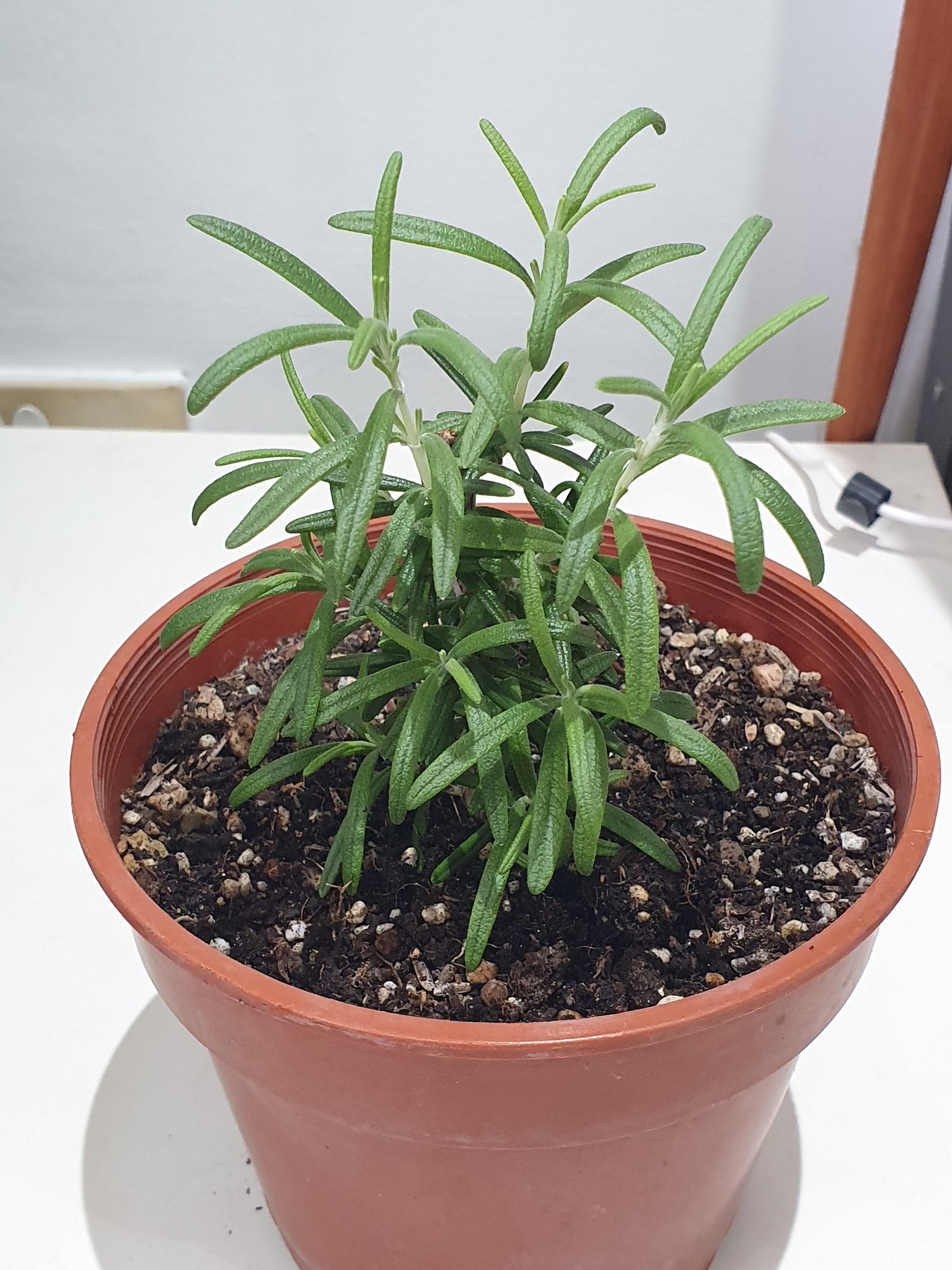So you spent all summer snipping basil for pasta, rosemary for roasted potatoes, and mint for refreshing teas. But now? The air’s getting crisp, frost is creeping in, and you’re staring at your lovely herb pots wondering…
Do I just let them die? Start all over in spring?
The answer is no — not if you know how to overwinter your herbs like a seasoned gardener. And here’s the good news: you don’t need a fancy greenhouse or endless gardening experience to do it.
Whether you live in a chilly climate or just want to keep your favorite herbs alive a little longer, this guide breaks it down in the easiest way possible.
Let’s dig in.

Why Overwinter Herbs in Pots?
What’s the point of overwintering?
Because herbs are picky. Some — like rosemary — don’t handle frost well. Others — like thyme or chives — are tougher but still benefit from a little TLC.
Overwintering helps you:
- Save money by not re-buying herbs in spring.
- Keep mature plants that are more productive.
- Enjoy fresh herbs indoors, even in January.
- Reduce waste and maintain your garden rhythm.
Know Your Herbs: Who Can Brave the Cold?
Before we move them inside or wrap them up, let’s split them into two categories:
1. Cold-Hardy Herbs (Can survive winter outdoors in many zones)
- Thyme
- Oregano
- Chives
- Mint
- Sage
- Parsley (Biennial – may come back once)
These can often stay outside with protection — but they still need help in containers.
2. Tender Herbs (Must be brought indoors or protected)
- Basil
- Cilantro
- Dill
- Lemongrass
- Rosemary
- Tarragon
These herbs will die with the first hard frost if left unprotected.
Step-by-Step: How to Overwinter Herbs in Pots
Step 1: Evaluate Your Herbs
Are they healthy? Disease-free? Worth keeping?
Toss anything struggling with pests or fungal issues. Start fresh next season.
Step 2: Prep the Pots
- Check drainage holes. Waterlogged roots are a death sentence in winter.
- Trim dead or leggy growth. Give the plant a little haircut to reduce stress.
- Remove weeds or debris from the surface of the soil.
Step 3: Choose Your Overwintering Strategy
Option A: Bring Them Indoors
Perfect for tender herbs or if you live in USDA Zones 6 and below.
Where to put them?
- A south-facing windowsill is ideal.
- Or use a grow light if natural sunlight is limited.
Indoor care tips:
- Water lightly — overwatering is the #1 killer indoors.
- Mist occasionally to add humidity.
- Rotate pots weekly so all sides get light.
- Keep them away from heat vents and drafts.
Bonus Tip: Group herbs together to create a mini microclimate.
Option B: Keep Them Outdoors (With Protection)
Hardy herbs can often survive in pots with some smart insulation.
How to do it:
- Move pots close to the house (south or east-facing wall).
- Group them together for warmth.
- Wrap pots in burlap, bubble wrap, or straw to insulate roots.
- Add a thick layer of mulch (like shredded leaves) on top of the soil.
Avoid:
- Clay pots, which crack in freezing temps.
- Exposing roots to repeated freeze-thaw cycles.
Special Tips for Specific Herbs
Rosemary
- Cannot survive frost without protection.
- Indoors: needs bright light, good airflow, and well-draining soil.
- Water only when dry to the touch.
Basil
- Acts like a diva in cold weather.
- It’s often better to take cuttings and root them indoors than move the whole plant.
Mint
- Hardy, but invasive.
- Cut back aggressively and insulate pot if left outside.
Thyme & Oregano
- Tough cookies. Just mulch heavily and they’ll bounce back in spring.
Watering in Winter — How Much Is Too Much?
This is the trickiest part.
In cold, low-light conditions, herbs drink less.
Golden rule: Water when the top inch of soil is dry, not on a schedule.
If you’re keeping them outside and it’s rainy — you may not need to water at all.
Lighting Matters More Than You Think
Winter light is weak and short.
- South-facing windows are your best bet.
- If herbs start looking leggy or pale, add a grow light (LED full-spectrum works well).
- Keep the light source 6–12 inches from the plant tops.
Can You Overwinter Herbs from Cuttings?
Absolutely — and sometimes it’s even better than moving the whole pot.
Herbs that root easily in water:
- Basil
- Mint
- Oregano
- Lemon balm
Just snip a healthy stem, remove lower leaves, place in water near a window, and watch roots appear in 1–2 weeks. Then pot them up and enjoy fresh herbs all winter.
Common Mistakes to Avoid
- Overwatering indoors.
Roots rot faster in low light and cool temps. - Bringing in pests.
Always inspect and rinse herbs before moving inside. - Not adjusting care routines.
Herbs grow slower in winter. Don’t treat them like it’s July. - Ignoring lighting needs.
Low light = weak, leggy herbs. Supplement if needed. - Leaving tender herbs outside too long.
Don’t wait until the frost hits — move them in early fall.
Bonus: Clean Your Pots Before Spring
If you’re overwintering outdoors or just storing your pots:
- Empty and clean them with vinegar or mild bleach solution.
- Let dry completely before stacking or storing.
- This prevents disease and fungus from sneaking into your next season.
What Happens in Spring?
Come spring:
- Gradually reintroduce your indoor herbs to the outdoors.
- Harden them off (a few hours outside each day over 7–10 days).
- Repot if they’ve outgrown their containers.
- Start fertilizing again to boost growth.

